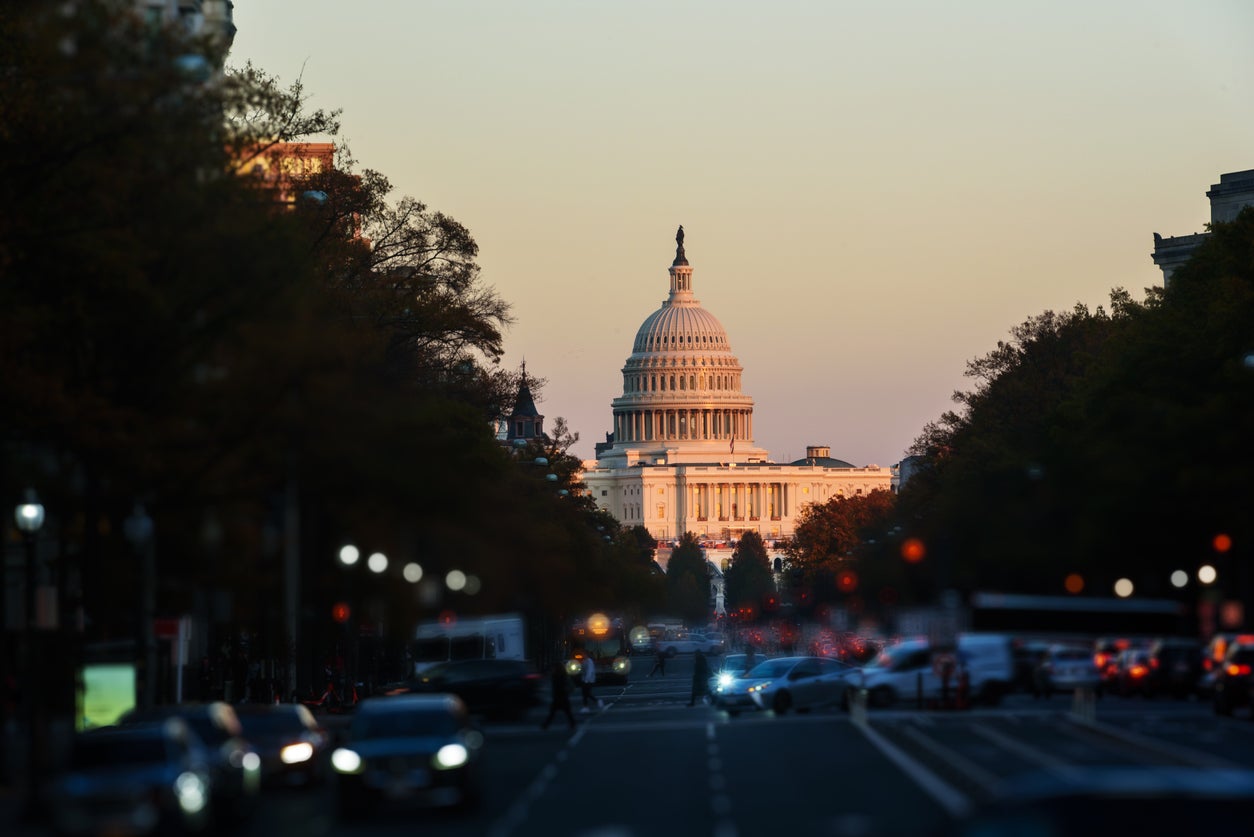President Trump’s “One Big Beautiful Bill” (OBBB) is a budget reconciliation bill that changes significant aspects of federal funding. It passed the House at the end of May, and the Senate is expected to vote on it this week.
While the bill makes many changes to major federal programs, current college students and existing student loan borrowers should know about some critical provisions to the federal financial aid system that could affect them:
1. You’ll Have Fewer Repayment Options
Currently, if your loan payments are too high for your budget, you have the ability to apply for an income-driven repayment (IDR) plan. There are three plans to choose from, and they can significantly reduce your monthly payments — and you qualify for loan forgiveness after 20 or 25 years of payments.
The new plan would eliminate these plans. Going forward, you’d only have two options: a standard repayment plan and a new IDR plan. The repayment term is based on your balance at the time of enrollment, and is based on a percentage of your discretionary income.
2. Fewer Students Will Qualify for Pell Grants
Pell Grants provide grants to low-income college students to help with the cost of their education. Currently, two- and four-year students can qualify for Pell Grants if they’re enrolled on at least a half-time basis. The OBBB would change the requirements; students would have to be enrolled full-time to qualify for Pell Grants.
Many low-income students attend school part-time so they can continue working or caring for their dependents while in college, so this change could be an issue for many students.
3. Parents Won’t Be Eligible for Income-Driven Repayment
Parent student loan borrowers can currently consolidate their debt with a Direct Consolidation Loan, and then apply for an IDR plan — income-contingent repayment. Under the OBBB, parents would lose that ability; only the standard repayment plan would exist.
Current borrowers enrolled in an ICR plan would be able to stay on their plan, but borrowers who haven’t yet enrolled are not eligible.
Consequently, parents loan borrowers wouldn’t be able to qualify for Public Service Loan Forgiveness (PSLF) — currently, parent borrowers enrolled in ICR plans and employed by a qualifying employer are eligible, but that would change with the OBBB.
4. Eliminates Economic Hardship and Unemployment Deferments
One of the benefits of federal student loans is that borrowers who lose their jobs and become unemployed or face financial hardships (for example, for those whose hours are cut or take a pay cut and can’t afford their payments) can qualify for a deferment and pause or postpone their payments.
The OBBB cancels economic hardship and unemployment deferments. Students could still qualify for forbearance programs, but the bill also limits how long borrowers can be in forbearance.
5. There Will Be New Caps on Borrowing for Graduate Students and Parents
While there are strict limits on undergraduate borrowing, the current system allows parents of undergraduate students and graduate or professional students to take out PLUS loans, which have no annual or lifetime borrowing limits.
The OBBB changes that; it eliminates the Grad PLUS Loan program altogether. Going forward, graduate students can only take out Direct Unsubsidized Loans; the new cap would allow borrowers to take out up to $20,500 per year (with a $100,000 aggregate limit), depending on their program.
For Parent PLUS Loans, parents would be limited to $20,000 per year, up to a maximum of $65,000 per student.
For graduate students pursuing degrees in law, medicine, pharmacy, or veterinary medicine, there may be larger borrowing caps considering the relatively high programmatic costs. However, even these caps may create barriers to completing their education should costs exceed borrowing limits. Without the ability to take out federal loans to cover the cost, they may need other financing options, such as private graduate school loans.
What The Plan Means for You
The Senate will vote on the bill this week. If it passes, the changes to the financial aid system could be substantial.
Several of the measures would be instituted gradually, but would impact both new and current borrowers by 2028.
If you’re worried about your financing options, private student loans could cover the gap that federal student loans don’t. It’s a good idea to shop around and request quotes from lenders to view potential loan options.
With ELFI, you can use the “Check My Rate” tool to view your loan options without affecting your credit score.


